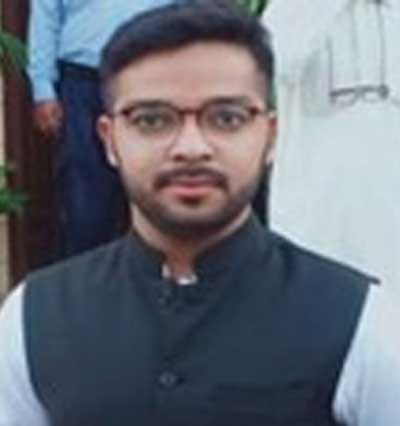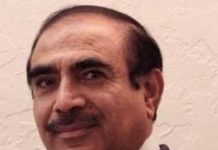According to the census of Pakistan 2020, the population of Pakistan is 2309495437 billion in which 49.2% is the share of women population. Similarly, there are 155 million registered voters (ECP) in which 51 million are women. Despite of having huge representation, the annual global gender gap report of 2021 of World Economic Forum disclosed the patriarchal mindset of the Pakistan’s society. The reluctance of “Man’s World” to accept “Women” as an equal gender is not ambiguous now. There are four parameters in the report which include economic participation and opportunity, educational attainment, health and survival and political empowerment. Pakistan stood at 153, 152, 144 and 92 positions in the aforementioned parameters. The report revealed that the Pakistan could take 136.5 more years to narrow this gender gap, this stagnated progress of the gender gap indicates the fabricated and reckless efforts of the authorities to formulate pragmatic and gender inclusive policies to ensure the uplift of status of woman in the patriarchal society.
These half hearted efforts are testimony of the financial exclusion of the women in Pakistan. Women constitute the 38.8% of the global labour force however in Pakistan only 20% are involved in labour. Due to informal sector of household and agriculture they remain underpaid or remain non-recognized. It has been estimated that an amount of $ 12 trillion can be added to the GDP if the authorities ensure gender neutrality in the society. The story does not end here the working women also find much obstacles on their way in the form of workplace harassments, gender pay gaps, humiliation and non-recognition.Women also find much thorn on the way to education in Pakistan which is evident through the female literacy rate of Pakistan 46.5%. According to UNICEF, In Pakistan 224 million children are out of schools aged between (5-19) among them 60% are girls. There are a lot of contributing factors like reluctance of parents, long distanced schools, poor infrastructure, lack of toilets and no access to safe drinking water are also reasons for women on education but the most potent and threatening factor is the non education of the parents. Parents want to send their male child to school as he is supposed to be the future bread winner. They consider the only purpose of the woman/ female child is to home chores which are easy as well as respectable for the family.
Most of the women in Pakistan do not have the access to healthcare even during childbirth. In remote areas the concept of “family trained, experienced Dais” is still prevalent at large that sometimes lead to lifelong curses like fistulas hysterectomy etc. According to UNICEF, in Pakistan 20% females become mother the age of 20. Because of this infant Mortality, Maternal mortality rate is not improving as compared to the other developing countries in the region. Anemia which is prevalent among the females here becomes the reason for growth stunting, mal-development and less cognitive skills in the child. This gloomy scenario of woman health and survival enable one to identity the deplorable state of women in Pakistan. The woes of women in Pakistan are same as the Stone Age.
As the women do not have the access to health, education, employment same happens when it comes to political empowerment. They possess “no right to vote”. They are not supposed to take part in the political scenario of Pakistan. This becomes the significant factor aiding for gender exclusion in the society as well as from the policies of the government. The stereotypes of the society defining the woman’s role are significantly heading toward more gender discrimination and bias in the society.
However, it is the time to speak loud for the rights of the woman to build gender resilient and gender neutral society to ensure gender equality and inclusion at large. Multiple pragmatic measures have been sought for the welfare and betterment of women in Pakistan. The initiation of “Waseela-e-Taleem” of the government to ensure education of both genders with stipend from Bait-ul-Maal is a welcome step towards education. For economic empowerments, UNSP is contributing through vocational skill training programmes, startup tool kits and partnershipping for new ventures led by women are such examples. These are small but adequate steps for ensuring gender neutrality in Pakistan. For improvement in health and survival, a gap in childbirth, legislation and punishment for early marriages and health facilities for women are the efforts of the authorities conducted through mass education campaigns. Political empowerment can be assured through the enrollment of the women in the political parties, the manifestos of the leadership and gender desks at the government offices for the help of woman finding any difficulty. The authorities must include woman in policy making and infrastructure development to ensure equal representation and participation in the country affairs like Sweden. “It is the time to build more resilient and gender equal economies” (World Economic Forum).
Sign in
Welcome! Log into your account
Forgot your password? Get help
Password recovery
Recover your password
A password will be e-mailed to you.







